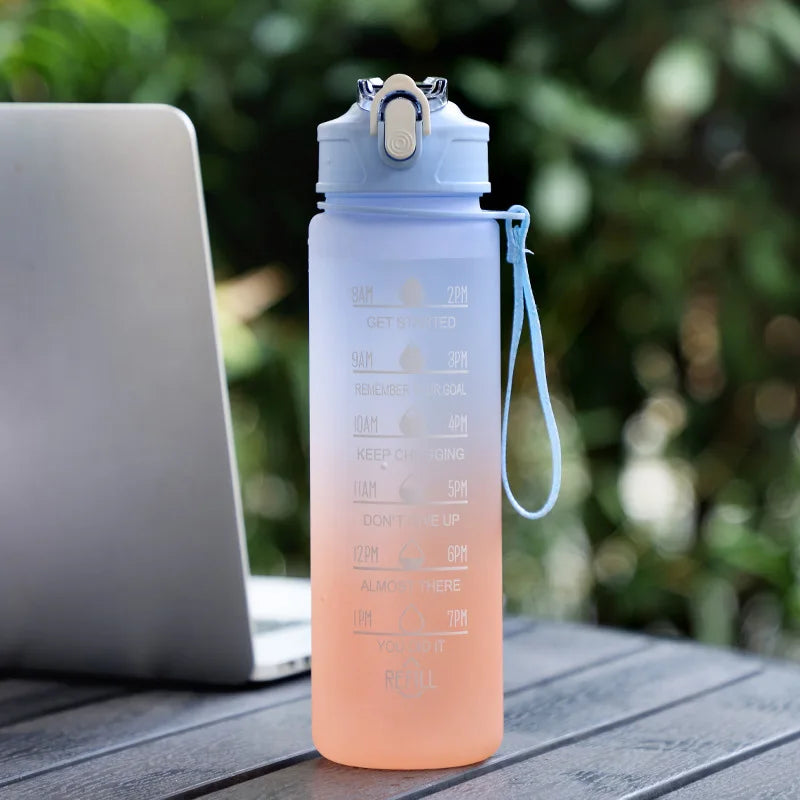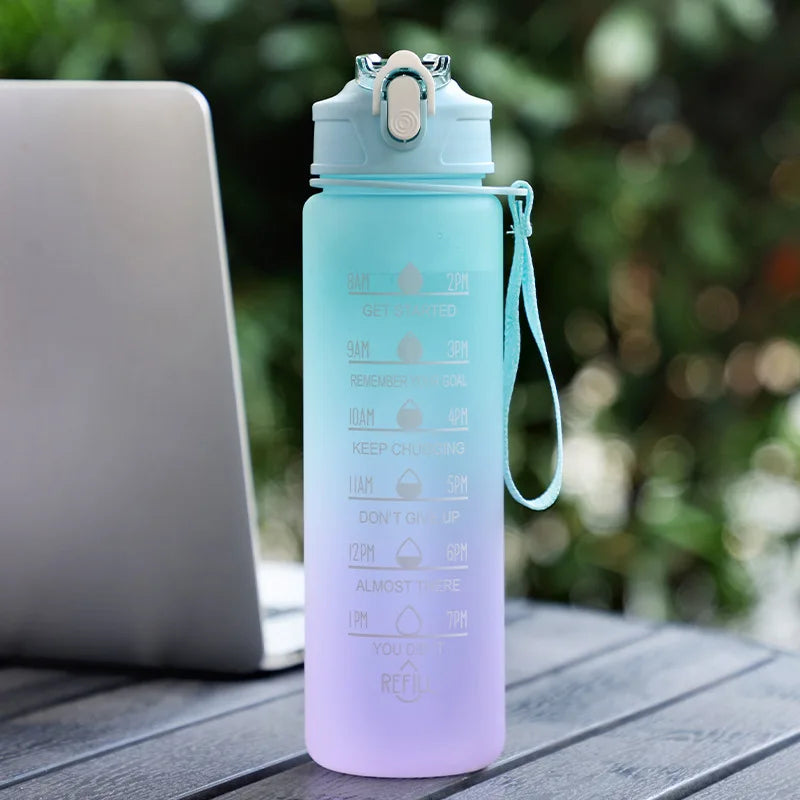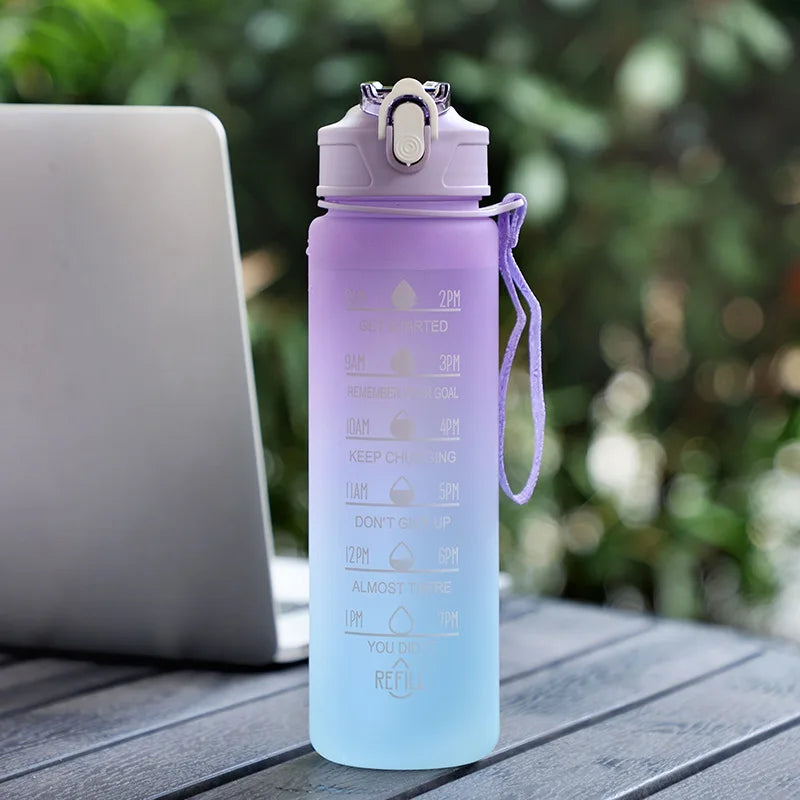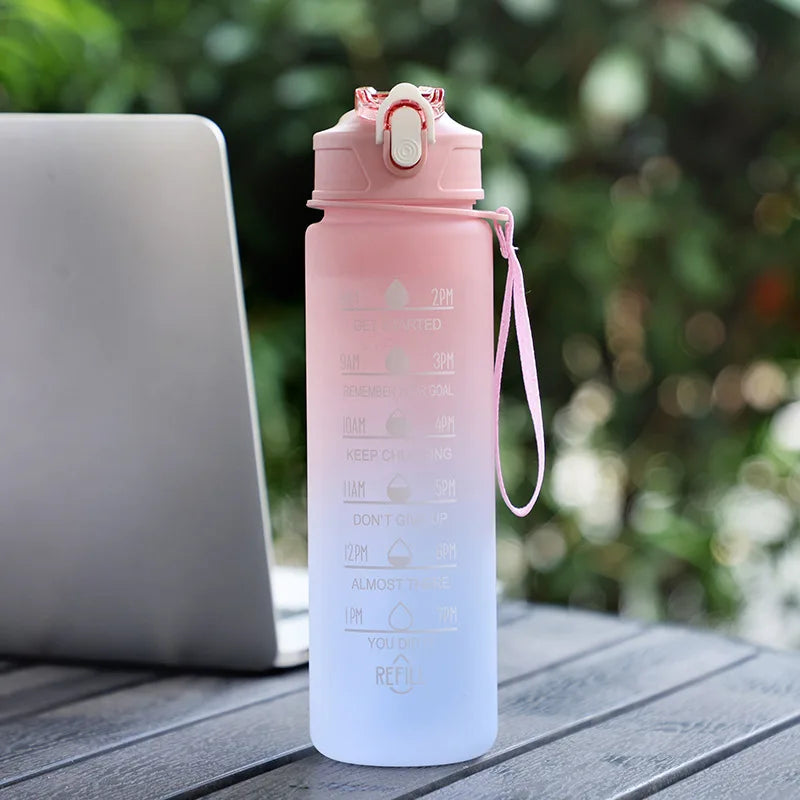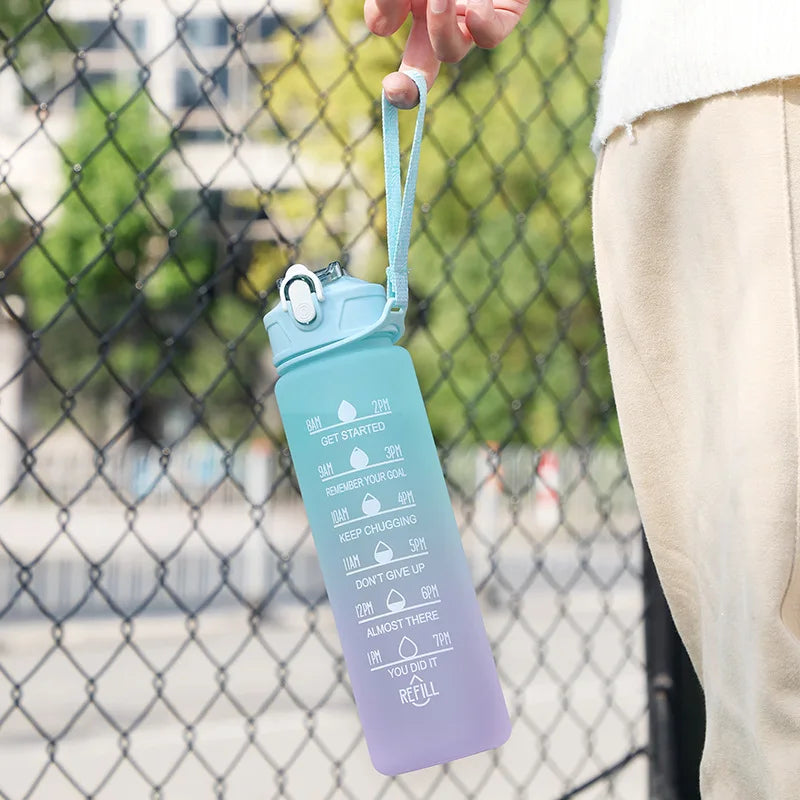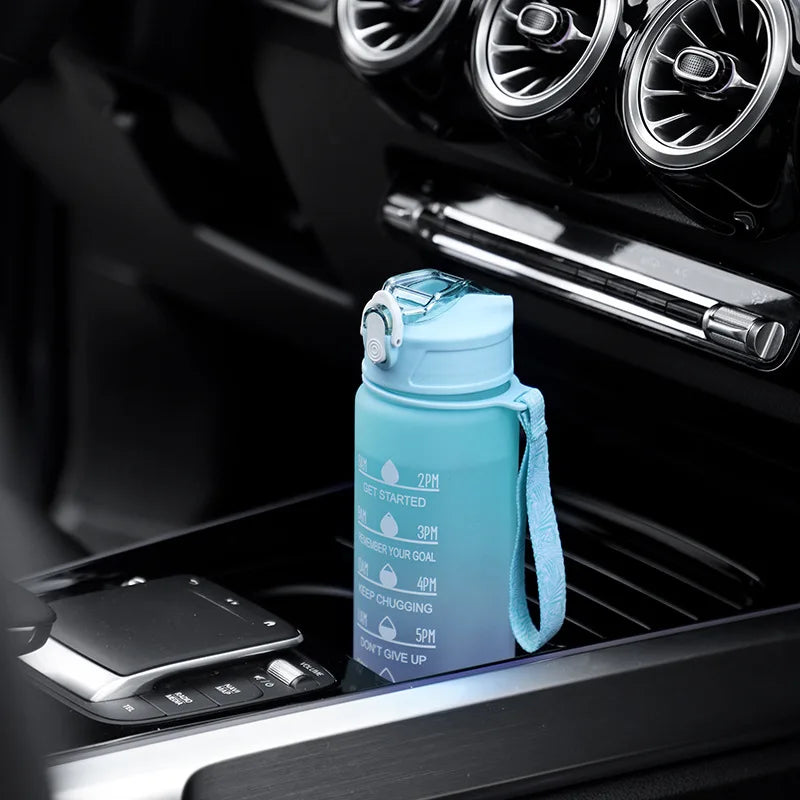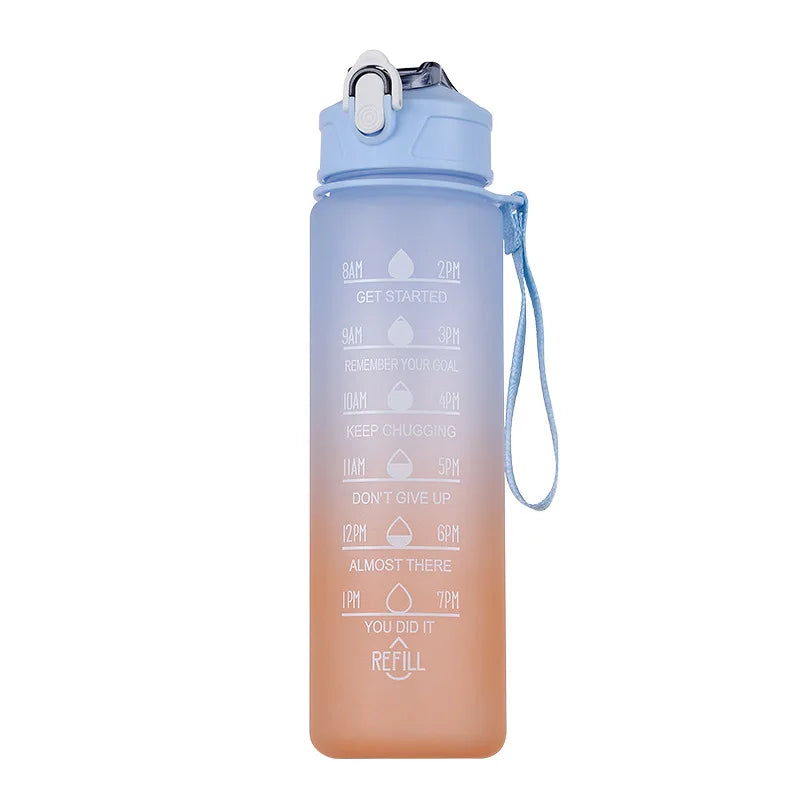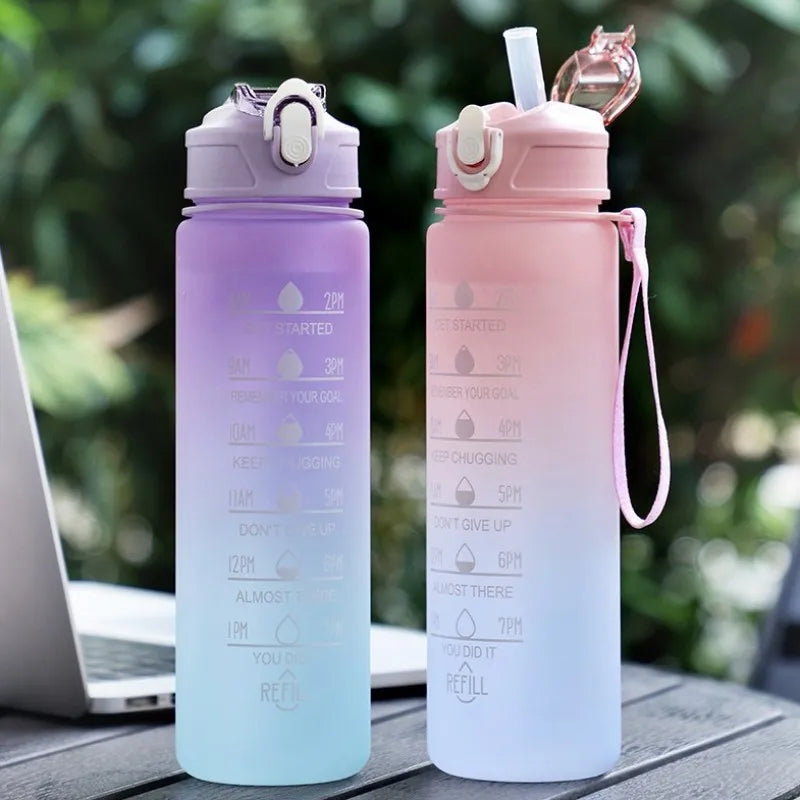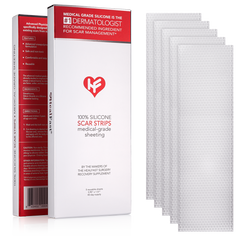Can Silicone Sheets Help Fade Stretch Marks? Here’s What You Need to Know

Stretch marks are one of the most common and frustrating skin concerns people face, especially after major life changes such as pregnancy, weight fluctuations, or cosmetic surgery. Many turn to creams and oils, but with limited success.
Silicone sheets are becoming a go-to option for those looking to reduce the appearance of stretch marks. But how effective are they, and what sets them apart?
This article explores how silicone scar sheets can help reduce the appearance of stretch marks, and explains why these marks are so difficult to treat.
Why Are Stretch Marks So Challenging to Treat?
Stretch marks aren’t just surface-level imperfections; they develop within the deeper layers of the skin. When the skin is stretched beyond its natural limit, the underlying collagen and elastin fibers tear, leading to thin, scar-like lines known as striae.
Medically referred to as striae distensae or striae gravidarum, these marks are a common skin response, especially during pregnancy, where they affect an estimated 50% to 90% of women (2). What appears on the surface is a visible reminder of internal skin damage, not something that can be easily exfoliated or hydrated away.
This structural breakdown in the dermis makes stretch marks particularly resistant to traditional skincare approaches. Surface treatments that only target the outermost skin layer often fail to reach the damaged tissue where the real repair is needed. As a result, meaningful improvement typically requires therapies that can penetrate deeper or influence how the skin regenerates over time.
Additionally, factors like skin tone, age, genetics, and the age of the stretch marks themselves all impact how well they respond to treatment. Newer marks may fade more easily with early intervention, while older ones often take longer and require more consistent effort.
All of this makes stretch marks one of the more stubborn skin concerns to address, especially for those seeking visible and lasting results.
Don’t Miss: Utilizing Silicone Sheets for Scar Prevention After Cosmetic Tattoo Removal
Common Causes of Stretch Marks
Stretch marks develop when the skin is stretched beyond its limit, causing the collagen and elastin fibers in the dermis to tear (1). Here are the most common triggers:
-
Pregnancy (especially during the third trimester): Rapid belly and breast expansion puts intense pressure on the skin (3).
-
Weight gain or loss: Sudden changes in body size can overstretch skin, leading to tearing.
-
Puberty and growth spurts: Quick growth during adolescence can cause skin to stretch faster than it can adapt.
-
Bodybuilding: Rapid muscle growth from intense training can strain the skin, especially around arms, shoulders, and thighs.
- Cosmetic surgery (e.g., breast augmentation, tummy tucks): Surgical swelling or skin repositioning can overstretch skin in treated areas.
Check out: Nutritional Strategies to Optimize Tummy Tuck Recovery
After surgery, it's not uncommon for new stretch marks to appear around incisions or swollen areas, leaving many patients wondering how to fade them effectively. One option that often comes up in the conversation is silicone sheets.
But do silicone sheets really work on stretch marks?
The short answer is yes.
Let’s take a closer look at how they help and why they’re increasingly used in post-surgical skincare.
How Do Silicone Scar Sheets Work on Stretch Marks?
Silicone sheets are widely used in skincare for their ability to improve the appearance of scars and stretch marks. Their effectiveness lies in how they interact with the skin’s healing environment, supporting moisture balance, collagen regulation, and protection.
Let’s break it down:
1) Deep Moisture Lock
Silicone creates a breathable seal that locks in hydration, helping to soften stretch mark tissue and support skin elasticity. This added moisture can make stretch marks appear flatter and less visible over time.
2) Collagen Support & Control
By promoting a more stable healing environment, silicone helps regulate collagen production. This reduces the risk of uneven or excess collagen that can make stretch marks more textured and noticeable.
3) Skin-Calming Effect
Silicone sheets help soothe the skin, easing irritation, redness, and itchiness often linked to newer stretch marks. This calming effect also contributes to a more even-toned and smoother appearance.
4) Barrier Protection
Silicone acts as a protective layer and shields vulnerable skin from friction, bacteria, and other environmental stressors that can hinder healing or worsen marks.
Though most effective on fresh stretch marks, consistent use of silicone over time may also help fade and soften older ones.
Get to know: The Effect of Body Movement on Silicone Tape Adhesion and Scar Recovery
Patients Ask: What Are the Best Silicone Sheets for Scar Treatment?
When it comes to fading scars, patients often ask the same question: “What really works?” Dermatologists and surgeons agree on one thing - medical-grade silicone sheets are the gold standard for scar management.
But not all silicone sheets are created equal.
At HealFast, we’ve designed 100% Pure Advanced Silicone Sheeting Scar Strips to meet the highest medical standards while staying safe, gentle, and easy to use for everyday healing.
One of our verified customers, Holy K., had this to say about her experience:
My doctor was amazed by my results.
"Goes on nice and smooth and stays in place all day despite me moving a ton. Reduced the itching and redness a ton, and my c-section scars are fading away quick!"
This is exactly the kind of transformation we strive for - safe, visible results without harsh chemicals or unnecessary additives.
Explore HealFast Silicone Scar Strips Now →
Need Help Finding the Right Product for Your Scar Type?
Scars come in all shapes, sizes, and causes - from surgeries to stretch marks, and we know that one product doesn’t fit all. That’s why we’ve added a helpful chat assistant on our website to guide you to the best scar care solution for your unique skin needs.
Use it to quickly:
- Ask about products tailored to your scar type
- Track or update your order
- Get info on returns, exchanges, or shipping
- Inquire about wholesale or collaborations
And if you’d like more personalized support, simply click “Talk to our team” - we’re here to help you heal better.
FAQs
Q: Can kids use silicone sheets?
Yes! Our silicone scar sheets are safe for children and gentle enough for sensitive, developing skin. Just ensure they are applied under adult supervision and not on open wounds.
Q: Are silicone sheets good for sensitive skin?
Absolutely. HealFast scar sheets are made from 100% pure medical-grade silicone with no additives, making them ideal for sensitive, allergy-prone, or post-surgical skin. They're soft, breathable, and designed to reduce irritation, not cause it.
Q: Can I use silicone scar sheets while pregnant or breastfeeding?
Yes, silicone sheets are drug-free and topical, which makes them a safe choice during pregnancy and breastfeeding. However, always check with your doctor if you plan to use them near incisions, healing c-section scars, or other post-surgical sites.
References:
- Cleveland Clinic. (2022, May 4). Stretch marks: Causes, treatment options & prevention. Cleveland Clinic. https://my.clevelandclinic.org/health/diseases/10785-stretch-marks
- Wollina, U., & Goldman, A. (2017). Management of stretch marks (with a focus on striae rubrae). Journal of Cutaneous and Aesthetic Surgery, 10(3), 124–129. https://pmc.ncbi.nlm.nih.gov/articles/PMC5782435/
- Apollo Hospitals. (n.d.). Pregnancy: Stretch marks during and after pregnancy and what to expect. Apollo Hospitals. https://www.apollohospitals.com/diseases-and-conditions/pregnancy-stretch-marks-during-and-after-pregnancy-and-what-to-expect

- One of the most followed doctors online with 3.5+ million followers and 1 billion+ views in 2024 (Instagram, YouTube, TikTok, and Facebook)
- Board Certified Anesthesiologist and Clinical Assistant Professor who frequently teaches medical students, residents, and other physicians in medical school and hospital settings.
- Speaker and medical researcher having published 1 book, 3 book chapters, and over 57 scientific articles. Made over 100 presentations at national and international medical conferences on topics ranging from healthcare innovation, to nutrition, to patient safety.
- Serial entrepreneur having launched several healthcare companies with a track record of innovation within healthcare systems

Myro Figura, M.D.
- One of the most followed doctors online with 3.5+ million followers and 1 billion+ views in 2024 (Instagram, YouTube, TikTok, and Facebook)
- Board Certified Anesthesiologist and Clinical Assistant Professor who frequently teaches medical students, residents, and other physicians in medical school and hospital settings.
- Speaker and medical researcher having published 1 book, 3 book chapters, and over 57 scientific articles. Made over 100 presentations at national and international medical conferences on topics ranging from healthcare innovation, to nutrition, to patient safety.
- Serial entrepreneur having launched several healthcare companies with a track record of innovation within healthcare systems
Medical Grade Scar Sheeting: Tape
Advanced Physician-formulated non-invasive scar tape specifically designed to mitigate abnormal scar formation and manage existing...
$29.99
Shop Now